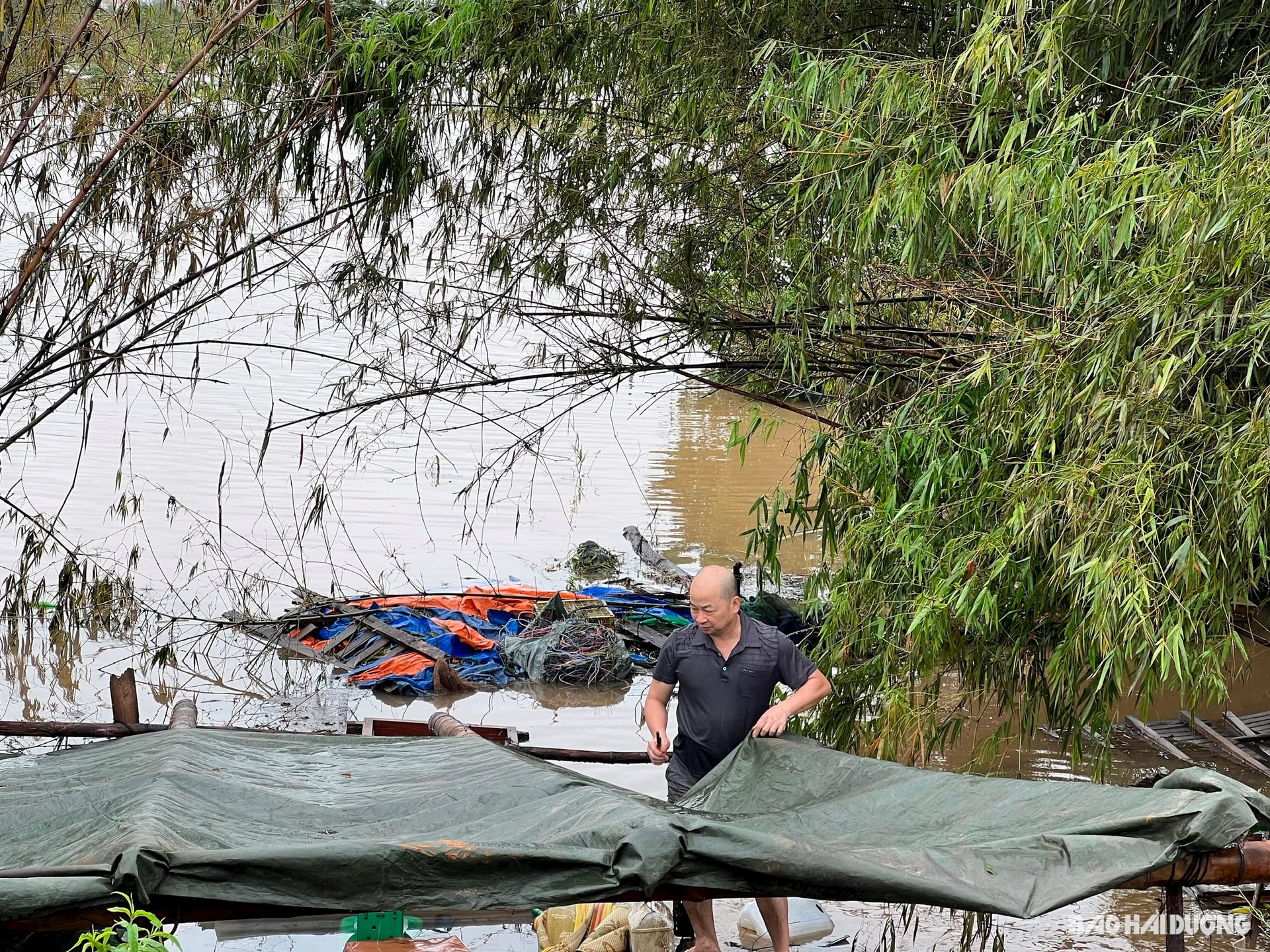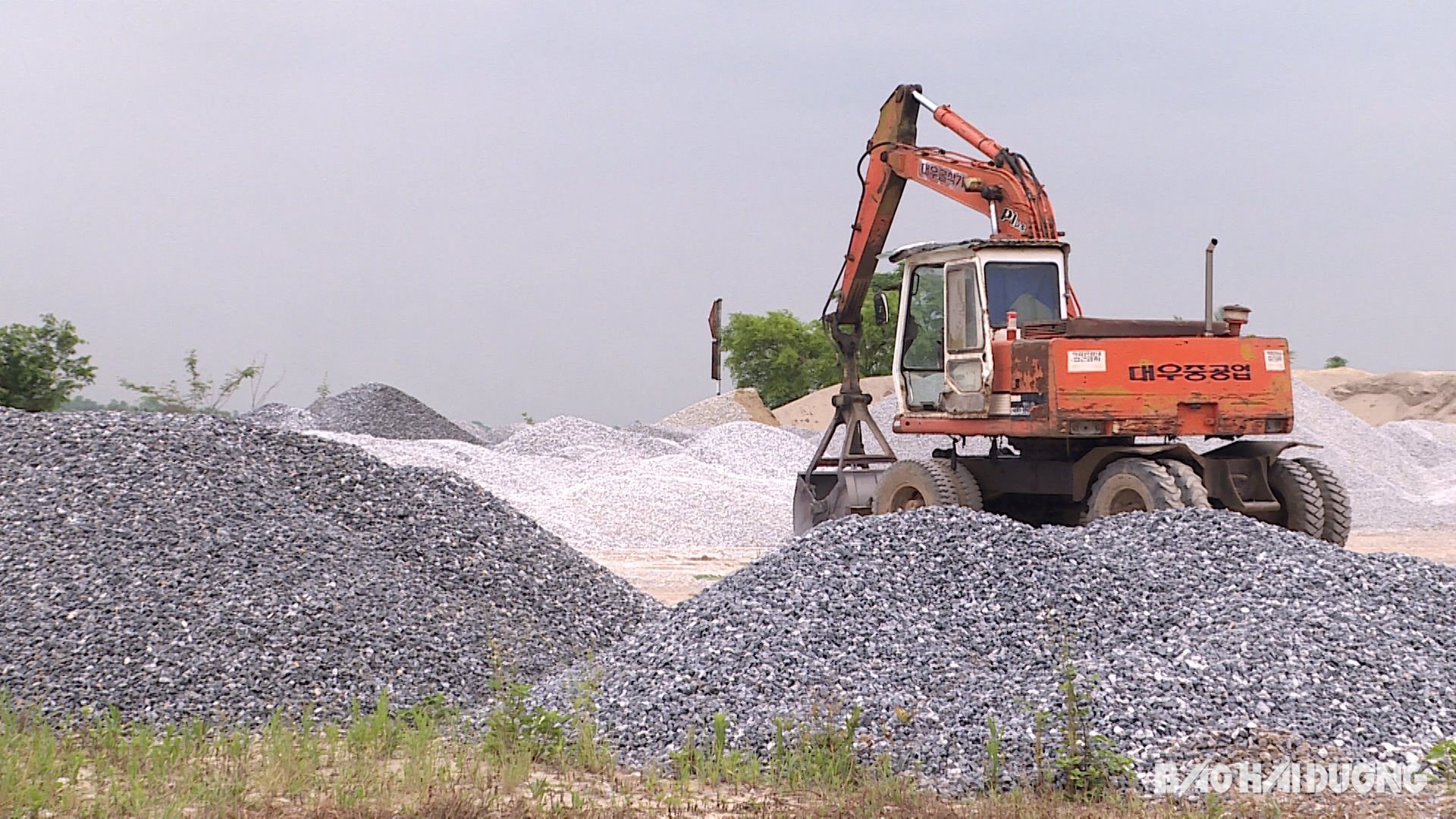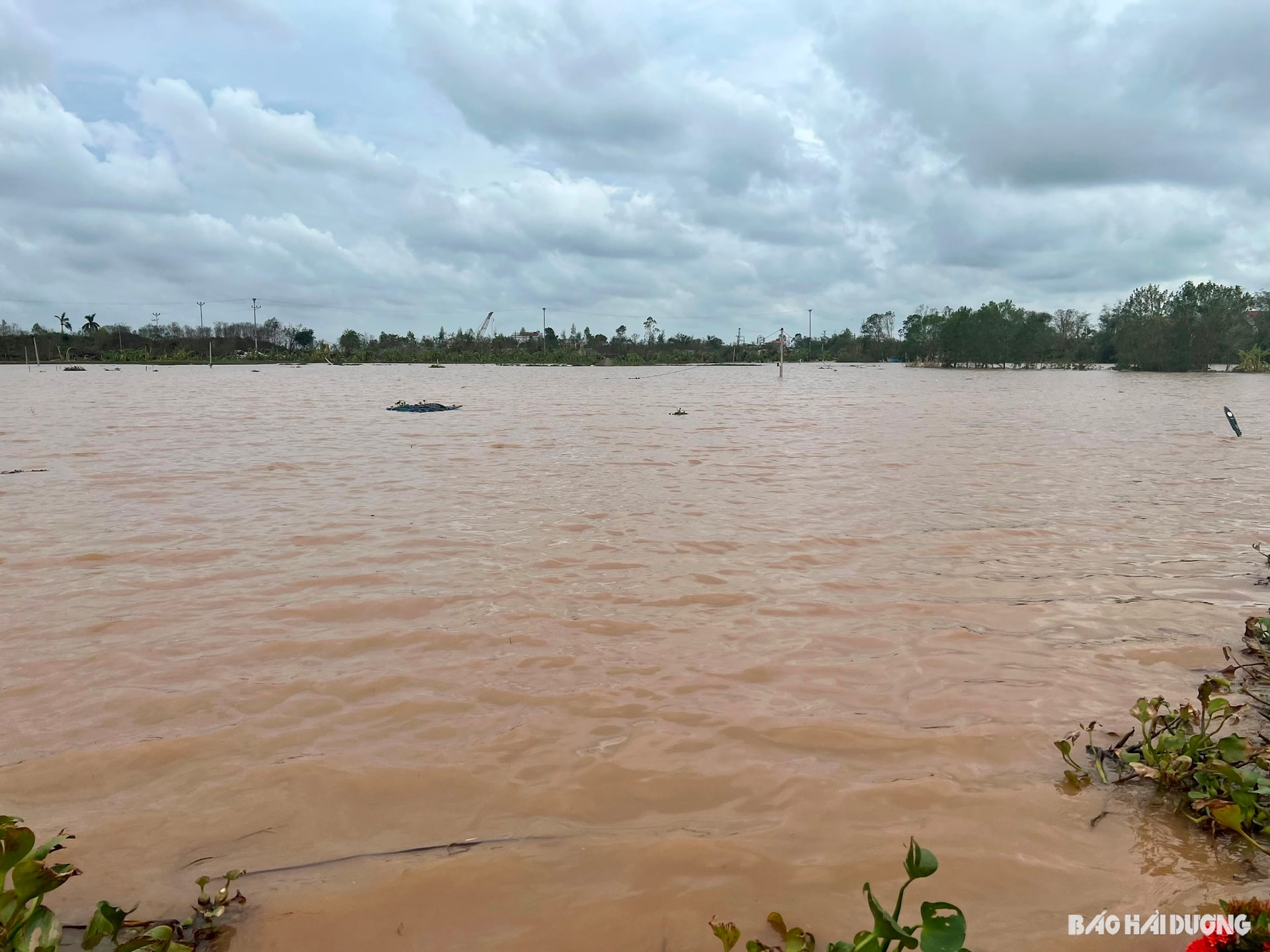Storm No. 3 and subsequent floods have caused severe damage to Hai Duong province, especially to economic development activities outside the dike. The appropriate development orientation for this area is a problem that needs to be solved.

Hai Duong has a dense river network with two river systems: Thai Binh and Luoc. The province has 14 large rivers with a total length of about 500 km and dozens of small rivers with a length of more than 2,000 km. Located downstream, the province is blessed with a large and fertile riverside alluvial land.
In terms of protecting dike works, riverbeds and river banks are flood escape spaces, and in terms of socio-economic development, this area is a potential resource.
In fact, over the past years, Hai Duong area has rarely had major floods, so economic activities outside the dike have been very vibrant. From wharf projects to agricultural production development, all have brought high economic efficiency. Even the people in the province have built outstanding agricultural models outside the riverbank such as specialized carrot production in Cam Giang, organic rice cultivation combined with the exploitation of crab worms in Tu Ky, banana growing areas in Tu Ky, Thanh Ha, cassava in Kinh Mon, cage fish farming in Hai Duong city, Nam Sach, Chi Linh, Tu Ky...

Regulations on dike management have also changed over time and according to actual situations. However, the regulations ensure both goals of natural disaster prevention and long-term sustainable use. Both the Law on Dikes and Natural Disaster Prevention strictly prohibit acts that obstruct the flow, affecting the flood escape corridor without remedial measures. During the flood season (from June 15 to October 15), it is necessary to stop gathering materials and clear the flood escape corridor. However, for many years, the water level of the river in Hai Duong area has not exceeded the alarm level, leading to subjectivity and negligence. In addition, the management of areas outside the dike is still limited, leading to violations arising, threatening the safety of the dike.
According to the review by the authorities, the whole province has 448 riverside wharves, of which 124 are not in accordance with the planning. Of the wharves that are in accordance with the planning, only 90 have full legal procedures, the remaining wharves all violate regulations on investment, land, environment, dikes, etc.
The province is resolutely handling restrictions and violations related to wharves according to a specific roadmap, rectifying the situation of river wharves operating without permission or without permission to improve the effectiveness of state management and ensure the safety of dike works.

Agricultural production activities outside the dike of the province also need to be thoroughly oriented for development. Regulations do not prohibit production but must ensure the safety of the dike, but in production activities, violations arise such as illegal construction, encroachment on the dike corridor... On the other hand, many spontaneous production activities are not included in the planning and socio-economic development plan of the locality, so when damaged by natural disasters, they will not be supported.
In September, rivers in the Hai Duong area recorded historic floods, the highest in the past 28 years, and the water levels of some downstream rivers even exceeded historical levels. Many families lost everything when they spent all their capital on economic development outside the dike. The damage and loss were obvious, but it was also a warning and a profound lesson for organizations and families operating economically outside the riverbank. Economic development outside the dike must follow planning and be managed according to planning and the law.
Based on current regulations and actual conditions, in 2022, the Department of Agriculture and Rural Development identified 28 riverbank locations in the province that can be studied and investment projects established with a total area of about 3,500 hectares. This is the basis and basis for orienting economic development outside the riverbank appropriately and effectively. But no matter which direction is taken, dike safety is still paramount.
HOANG LINH